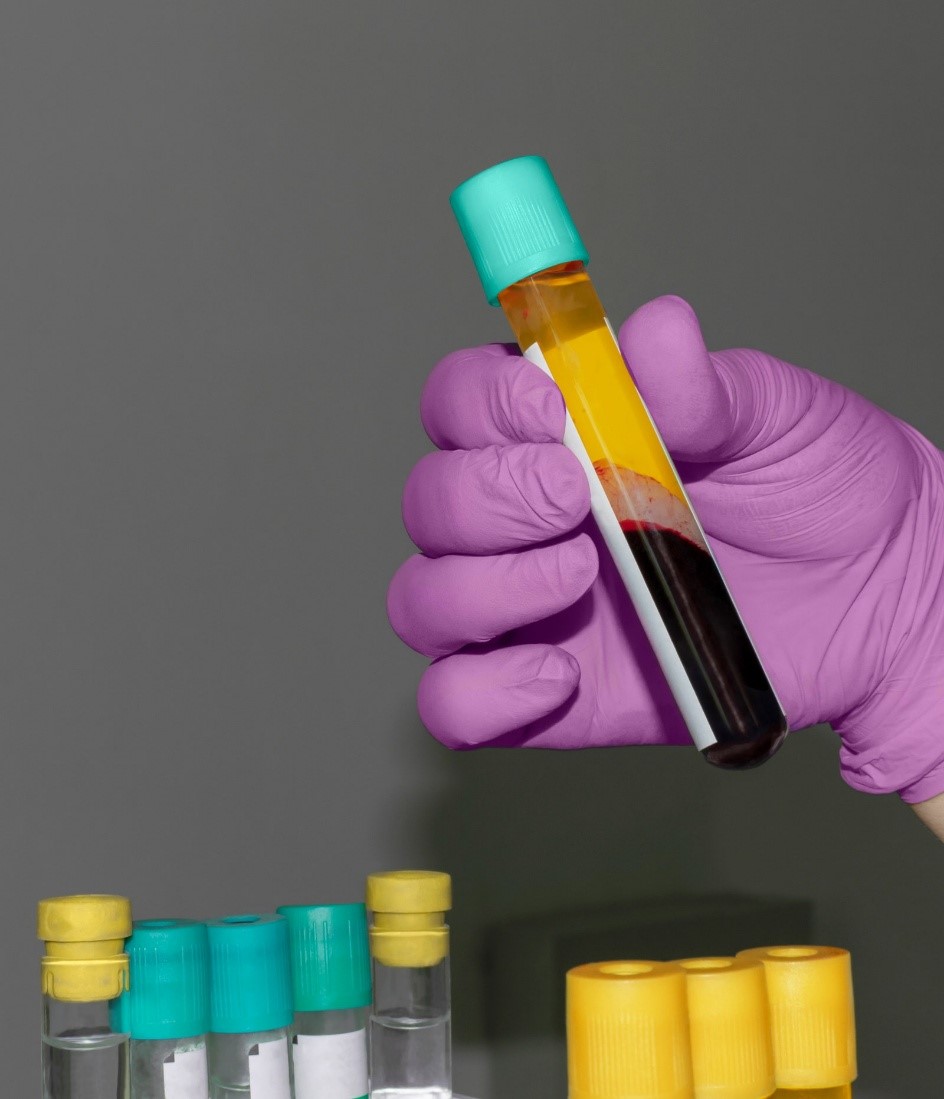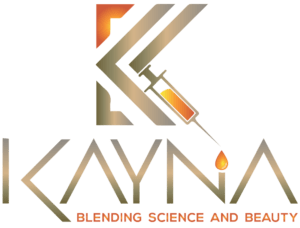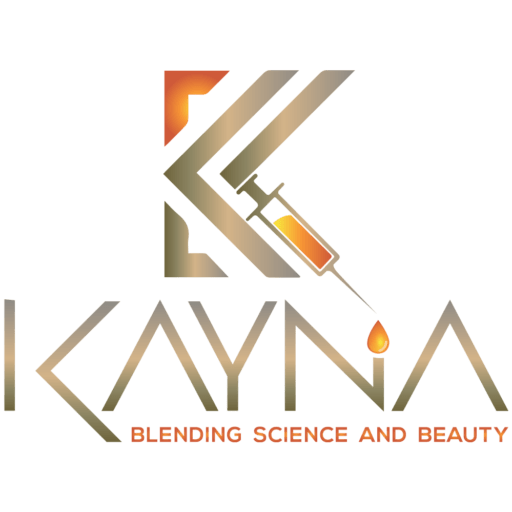Vampire Facial
Vampire Facial Treatment
You’ve probably seen the photos on Instagram over the past couple of years of celebrities or beauty content creators’ faces seemingly slathered in blood. What could be mistaken for Halloween makeup is actually a skin-care treatment often referred to as a “vampire facial,” or platelet-rich plasma (PRP) therapy. Basically, a mask made out of a component of your very own blood — not anyone else’s — is spread all over your face to rejuvenate your complexion. As terrifying as this technique may seem, it actually boasts impressive, virtually painless results that will have your skin glowing like Edward Cullen’s.
PRP is also a major part of the latest hair loss treatments. It’s even been shown to be an effective procedure for those with alopecia. He also notes vampire facials have become one of the most popular skin-care treatments among men.
What exactly is PRP, though?
When blood is placed into a centrifuge, it separates into three distinct layers: plasma on top, platelets and blood cells in the middle, and red blood cells at the bottom. PRP is derived from the center part, also known as the “serum portion.
The platelets, in particular, contain pockets called alpha granules, which secrete high levels of growth factors — more than 20, if you want to talk specifics. “They’ve been shown to beeffective for wound healing, as well as improving skin elasticity, volume, and texture
When platelet-rich plasma is reintroduced to skin on its own through a non-invasive procedure, cell turnover is stimulated, and in turn, collagen and elastin production is ramped up for a plumper, tighter, and smoother complexion.

What is the vampire facial process like?
Now, you’re probably wondering how your blood goes from flowing through your veins to spread onto your face. Well, you’ll need to get your blood drawn first. Then, the vials of your blood are placed in a centrifuge to isolate the platelets from your red blood cells.
From there, your docter could go a couple of different routes with PRP. Your platelets can be injected directly into your skin like fillers “to stimulate collagen production and achieve rejuvenation.
Alternately, you can combine your PRP treatment with other ones, like microneedling (occasionally with radiofrequency), microdermabrasion, or a resurfacing laser, like Fraxel, he adds. These procedures prep your skin for your PRP to be spread all over it. These pairings further stimulate collagen production, reduces fine lines, and accelerates wound healing. In Korea, PRP treatments are also often done in conjunction with Skin Botox, which involves shallow injections just below the skin’s surface of a neurotoxic protein, for the ultimate skin elasticity-boosting elixir.
Depending on how aggressive the microdermabrasion was, recovery might take a day or two of downtime before you’re ready to hit the streets. You’re sure to emerge from treatment a bit red, almost like a sunburn. Post-procedure sunscreen is even highly recommended. However, makeup is discouraged.
Who benefits most from PRP treatments?
Those with premature wrinkles, high levels of sun damage, or anyone who desires a fresher, more even-toned complexion are ideal candidates for the vampire facial, However, if you have a history of blood diseases, including clotting or bleeding disorders, you should avoid PRP treatments.
In the risks and side effects department, you won’t find as many as you may imagine. In fact, the only risk you really run is bruising from getting your blood drawn, as well potential, minor bruising on your face from the injections or microneedling.

